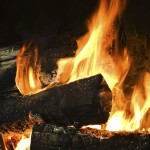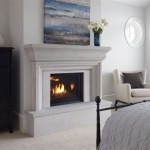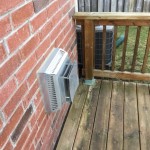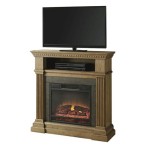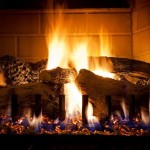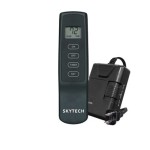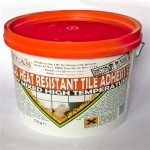How Fireplaces Work: A Comprehensive Guide
Fireplaces have been a staple in homes for centuries, providing warmth, ambiance, and a touch of rustic charm. While they may appear simple in design, the inner workings of a fireplace are quite intricate.
The Anatomy of a Fireplace
The main components of a fireplace include:
* **Firebox:** The chamber where the fire burns. It is typically constructed of heat-resistant materials like firebrick or metal. * **Chimney:** A vertical passage that carries combustion gases and smoke upwards and out of the house. * **Flue:** The opening at the top of the chimney through which gases escape. * **Damper:** A device that regulates airflow in and out of the fireplace. * **Hearth:** The floor of the fireplace, where ashes and embers collect.The Science Behind Combustion
Fireplaces rely on the process of combustion to generate heat. Combustion occurs when a fuel (e.g., wood, gas) reacts with oxygen, releasing energy as heat and light.
Airflow and Draft
Proper airflow is essential for fireplace operation. Air enters through the damper at the fireplace's base and rises through the firebox. This creates a draft that draws oxygen into the fire, sustaining combustion. The chimney further enhances draft by creating a low-pressure zone above the firebox, pulling gases upwards.
Heat Transfer
Fireplaces transfer heat primarily through three mechanisms:
* **Radiation:** Heat from the firebox radiates outward, warming objects and surfaces in its vicinity. * **Convection:** Hot air from the fire rises and circulates throughout the room, carrying heat with it. * **Conduction:** Heat from the firebox is transferred to the fireplace surround (e.g., stone, brick), which then radiates heat into the room.Safety Precautions
Fireplaces can be a source of warmth and comfort, but they also pose potential hazards. It is crucial to observe the following safety precautions:
* Use only seasoned firewood. * Keep combustible materials away from the fireplace. * Have your chimney inspected and cleaned regularly. * Do not operate a fireplace with a closed damper. * Install smoke and carbon monoxide detectors.Types of Fireplaces
Fireplaces come in various types, each with unique characteristics and fuel requirements:
* **Wood-burning:** The traditional fireplace, using firewood as fuel. * **Gas:** Uses natural gas or propane as fuel, providing instant heat with adjustable flame. * **Electric:** Simulates the look and feel of a fire using electric heating elements. * **Pellet:** Burns compressed wood pellets, offering efficient and environmentally friendly heat.
Your Fireplace S Anatomy Total Chimney Care New Haven

Fireplace Information Eagle Propane S

How Gas Fireplaces Logs Work At Gasfireplaces Org

Wood Burning Fireplace Explanation

How Does A Chimney Work Learn About Each Part Of Chimey

Wood Fireplace Guide Fireplaces Direct Learning Center

What Is A Direct Vent Fireplace How Does Work

10 Tips For Maintaining A Wood Burning Fireplace

How Do Fireplace Dampers Work Zoro Com
.aspx?strip=all)
Benefits Of Direct Vent Fireplaces Regency Fireplace S
Related Posts

